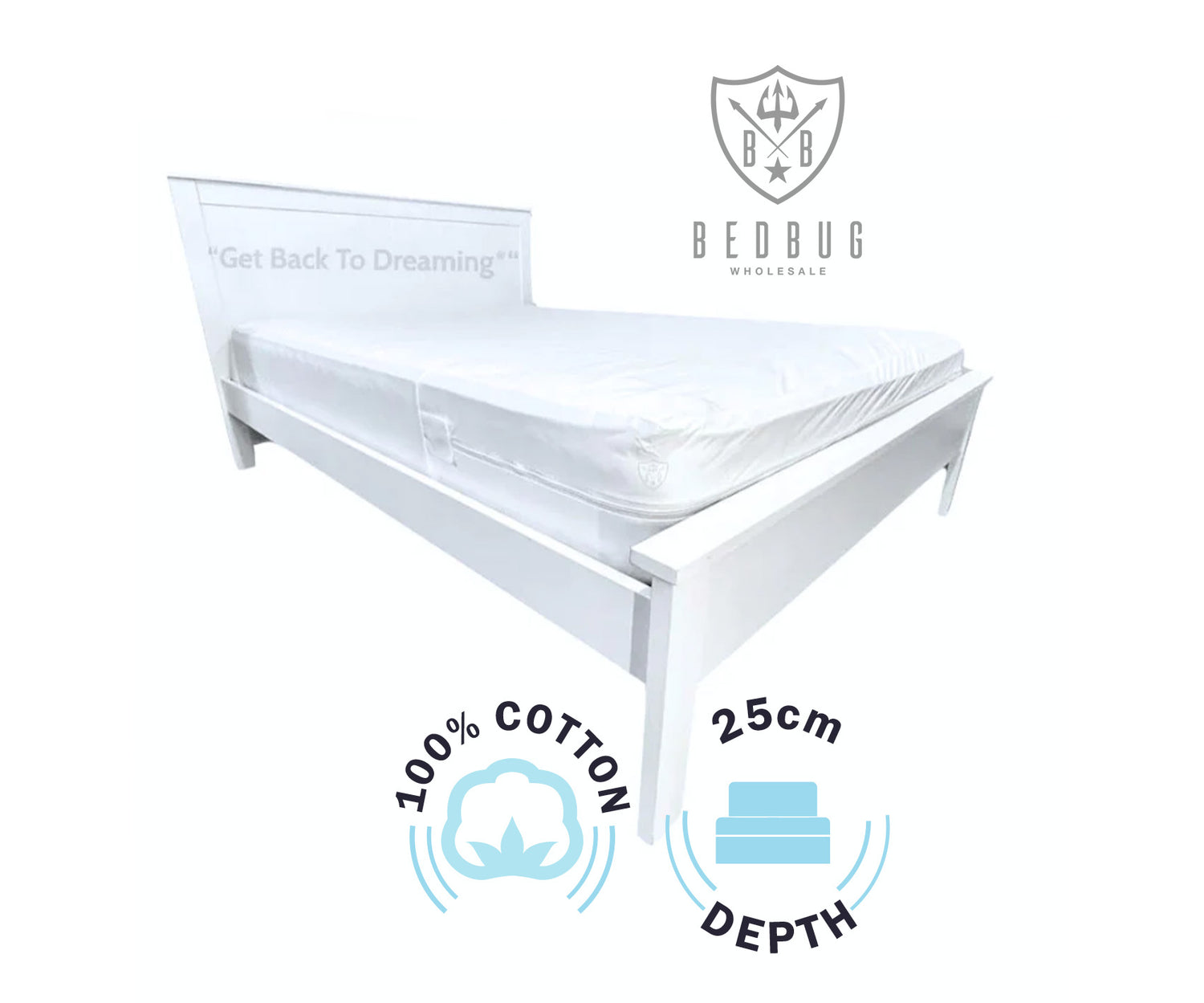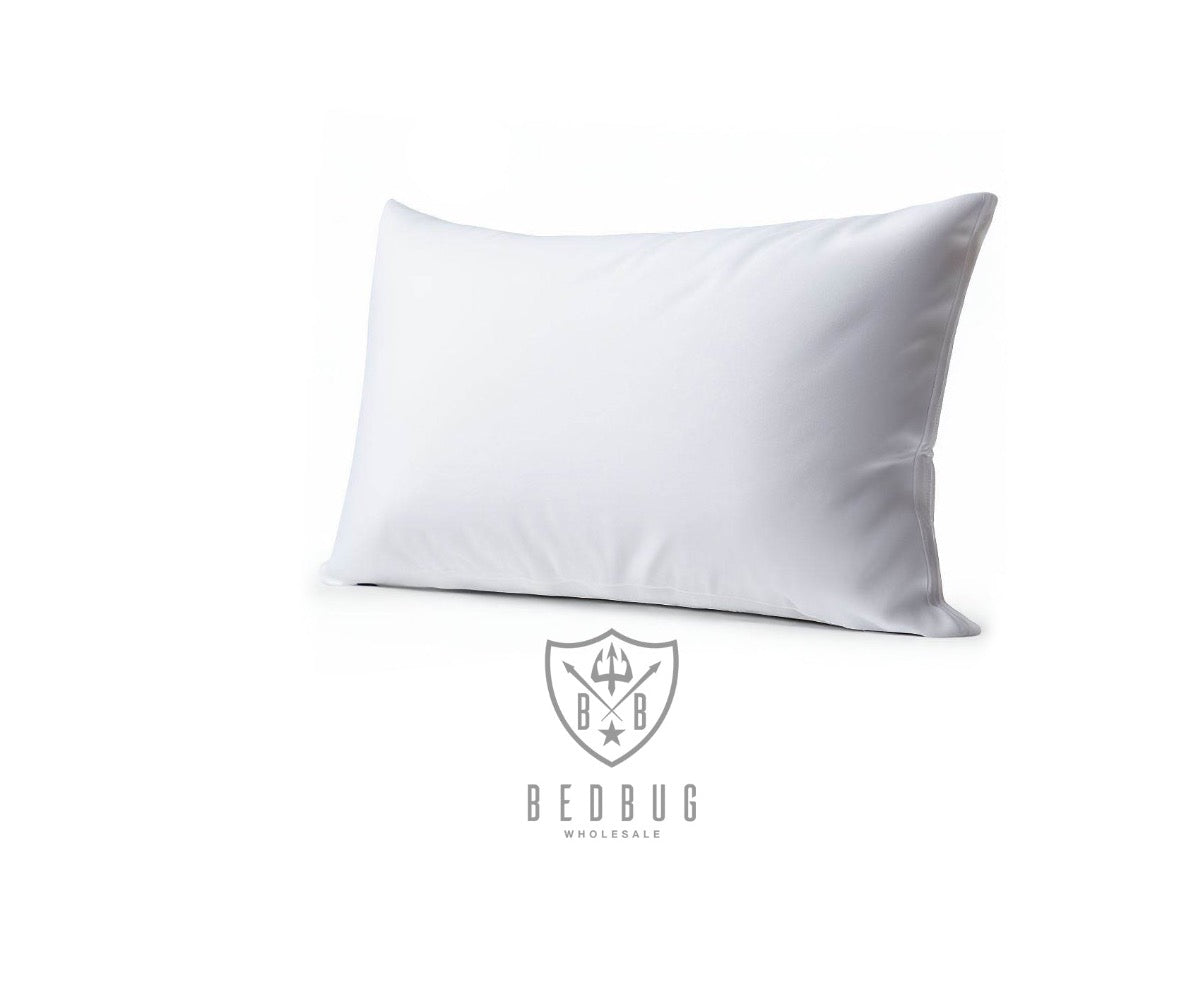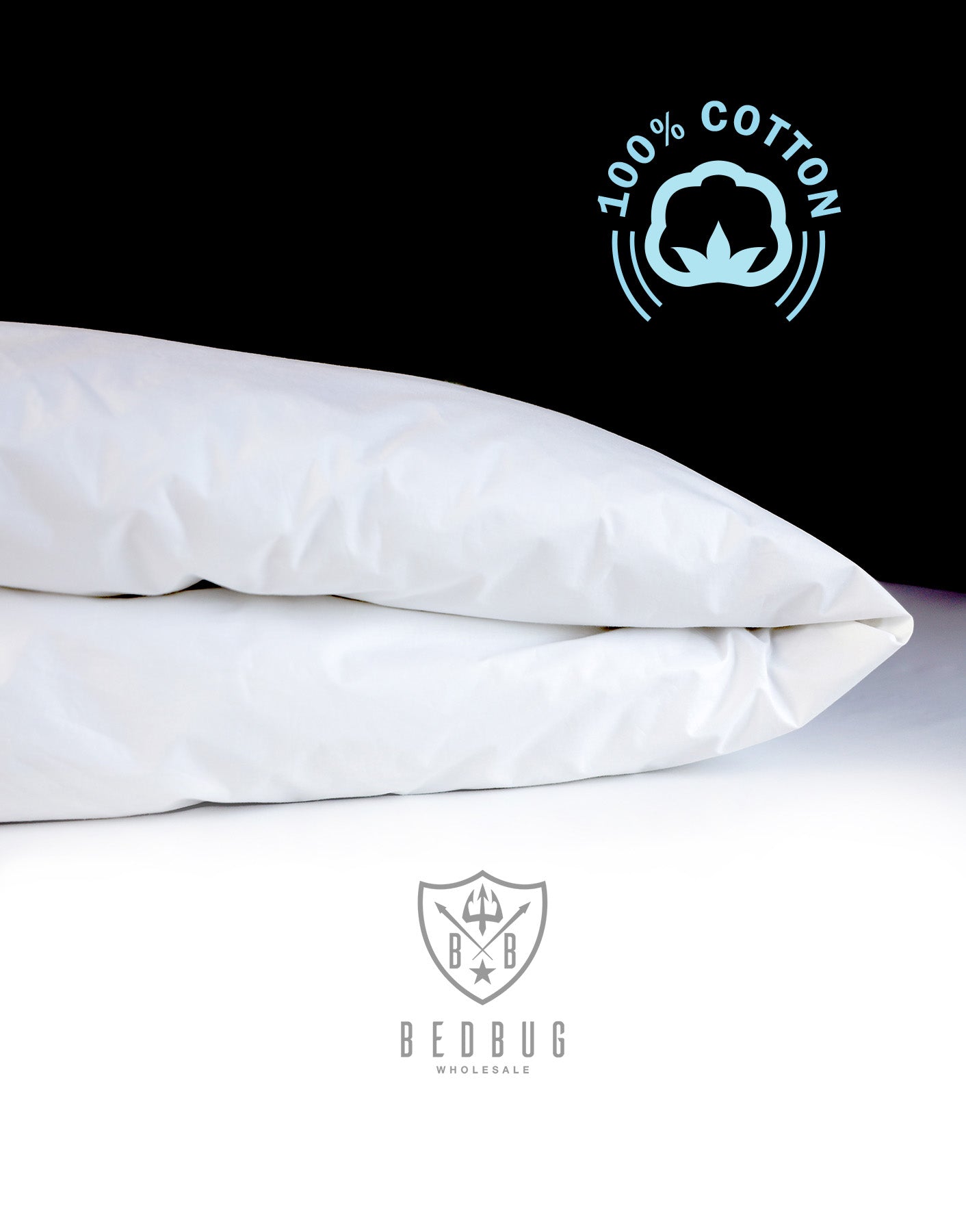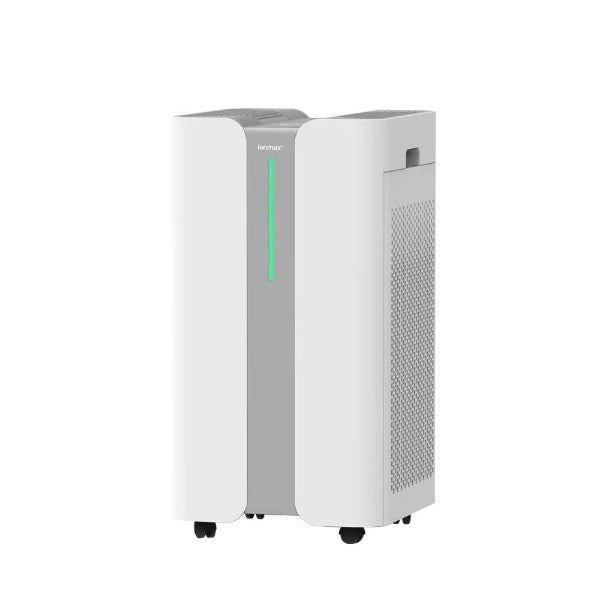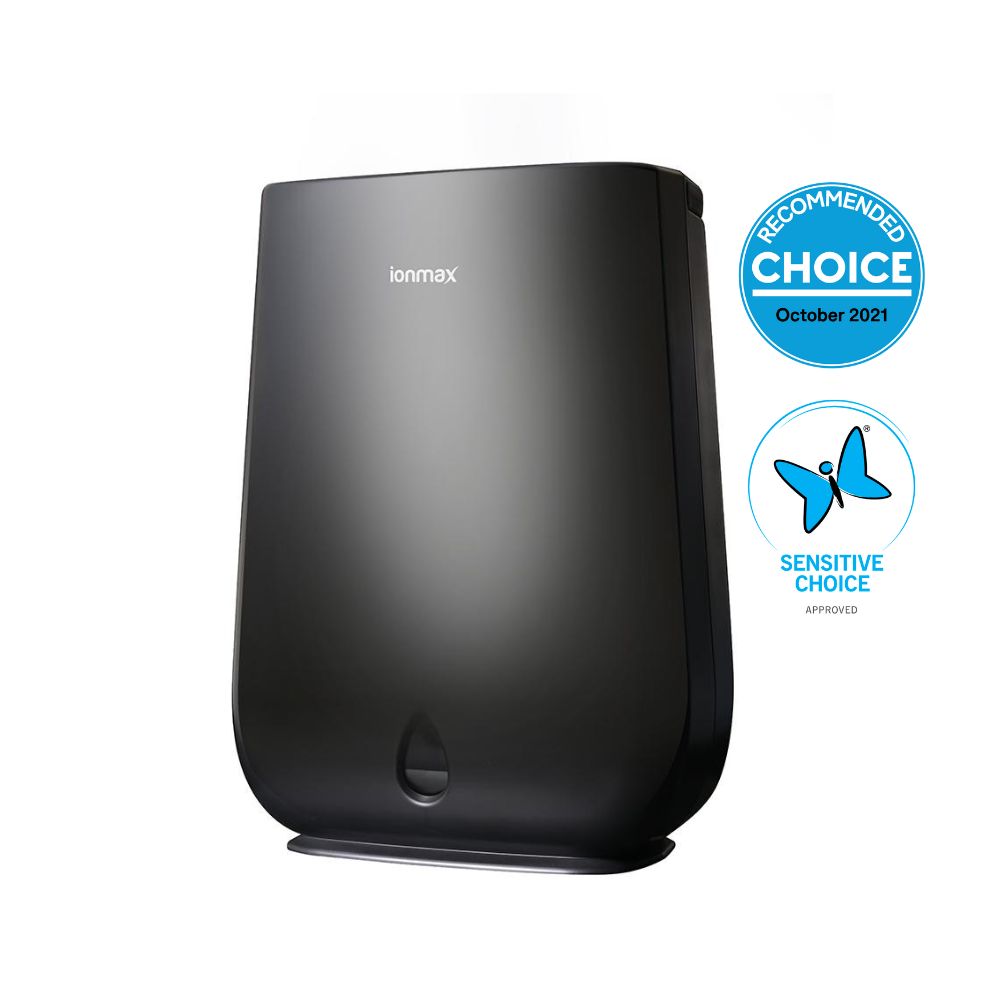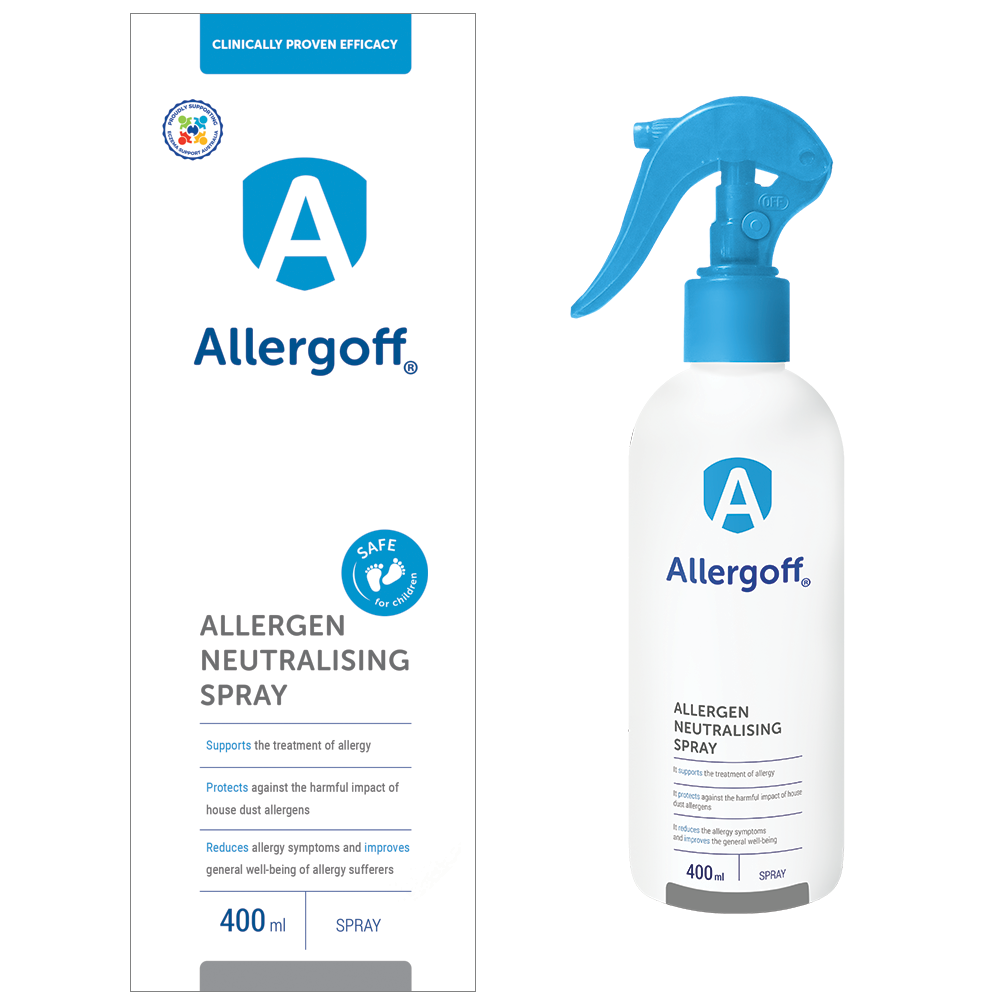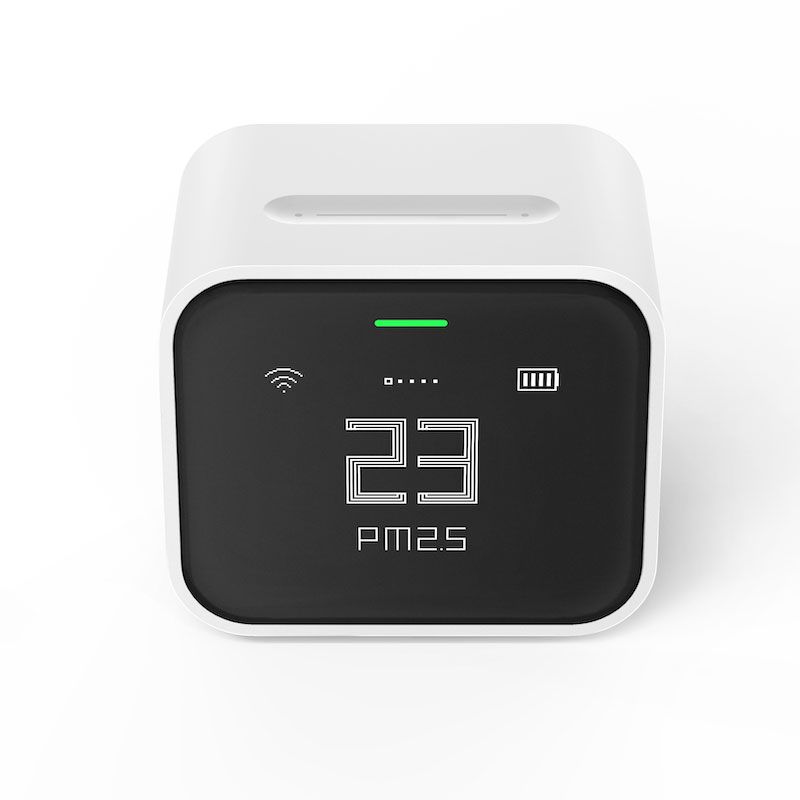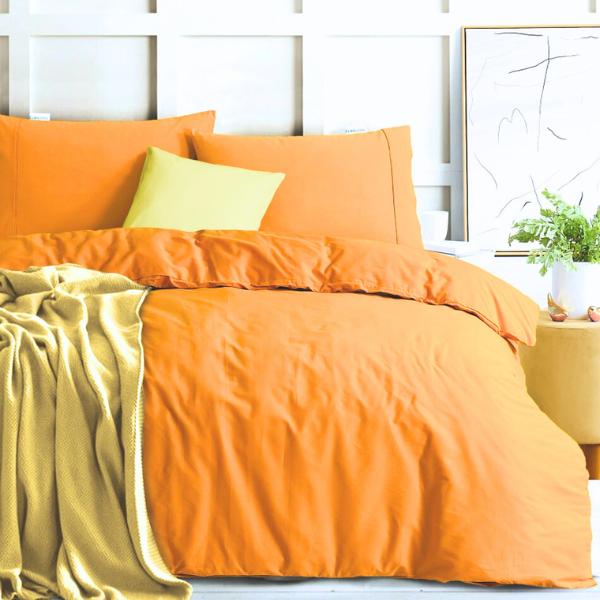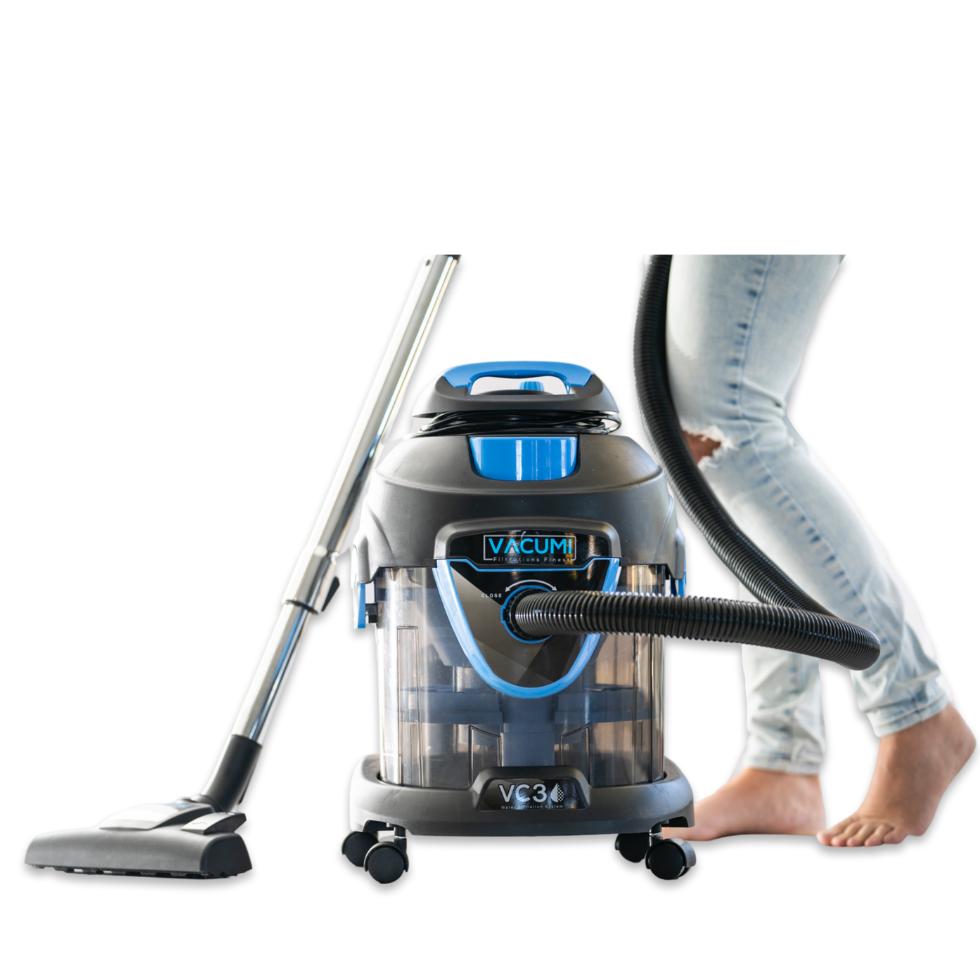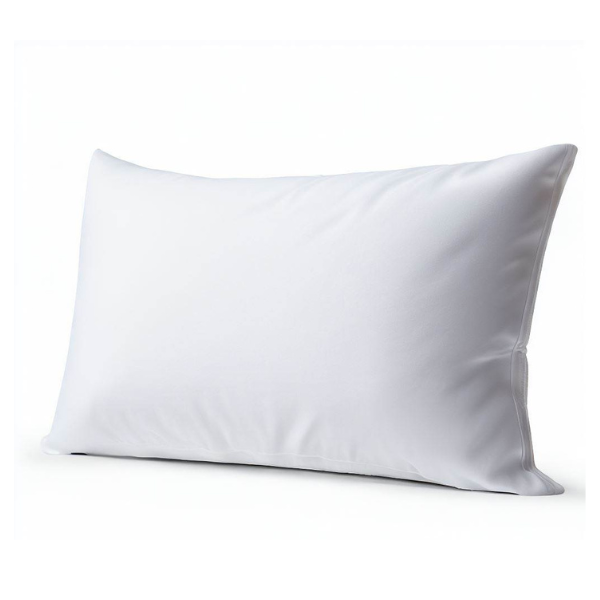Do you find yourself feeling even more exhausted in the morning than when you went to bed? Or perhaps you've spent the night battling a runny nose, sneezing, coughing, itchy eyes, or wheezing? These symptoms can often be traced back to indoor allergens like dust mites, pet dander, and pollen, which are notorious for triggering allergic reactions.
Allergens in the bedroom
Bedrooms can host a variety of allergens that impact health and sleep quality. Dust mites, thriving in the warm, humid environment of mattresses and pillows, are a major concern, along with pet dander from household animals.
Pollen, carried indoors through open windows or on clothing, can settle in bedroom fabrics, while mold spores flourish in damp conditions, potentially invading spaces like window sills and air conditioning units.

Cockroach droppings, another allergen source, along with fabric fibers from bedding and carpets, can accumulate and trap these particles. Additionally, volatile organic compounds (VOCs) from paints, furniture, and cleaning supplies can act as irritants, exacerbating allergy and asthma symptoms.
Managing these allergens involves regular cleaning, using protective covers, and maintaining a well-ventilated, low-humidity environment.
How allergies can affect your sleep
Millions of people around the world suffer from allergies that disrupt their sleep. Studies, such as The association between allergic rhinitis and sleep have shown that individuals with allergies are more likely to suffer from sleep disorders, including insomnia and sleep apnea. It's a vicious cycle where poor sleep exacerbates allergies, and allergies in turn, make it harder to sleep.
However, thanks to innovative technology, there is a great solution, that, used as part of a more comprehensive strategy to get allergens under control, can be an effective way to reduce allergies - an allergy mattress cover.
How do allergy mattress covers work?
Allergy mattress covers wrap around your whole mattress in a special fabric that's tightly woven to keep out tiny particles like dust mites, pet hair, and pollen, which can cause allergies.
These covers are designed so that common allergens can't gets through, helping people sleep better without allergy symptoms like sneezing or itching. They have zippers to make sure the entire mattress is covered and nothing escapes. Even though they're really good at blocking allergens, they still let air through so you won't get too hot at night. Read more about the effectiveness of dust mite mattress protectors on allergies.
What is the difference between regular mattress covers and allergy covers
Regular mattress covers primarily serve to protect the mattress from spills, stains, and wear and tear, focusing on extending the mattress's life and maintaining its cleanliness. They may offer minimal protection against dust and allergens but are not specifically designed to block allergens from penetrating the mattress.
On the other hand, allergen-proof mattress covers are specifically engineered with tightly woven fabrics that have a small pore size, effectively preventing allergens such as dust mites, pet dander, pollen, and mold spores from passing through. These covers fully encase the mattress, offering comprehensive protection aimed at reducing exposure to allergens and improving the sleep quality of individuals with allergies or asthma. Read our comprehensive guide about differences between dust mite mattress covers and regular mattress covers.

Do allergy mattress covers protect against other allergens?
Allergy mattress covers are effective against a broad spectrum of allergens, including pet dander, pollen, mold spores, and other particulate matter, due to their tightly woven fabric and full encasement design that act as a barrier to prevent these allergens from penetrating the mattress.
How to choose the best allergy mattress cover
To choose a mattress cover that will effectively reduce allergen load while you sleep, consider the following criteria:

Check the pore size
The effectiveness of a mattress cover is often determined by its pore size, measured in microns. A smaller pore size (usually less than 10 microns) can prevent allergens like dust mites from passing through.
Choose a full encasement
Choose a cover that fully encases the mattress, rather than a fitted sheet style protector. Read our guide to the differences between regular mattress covers and dust mite allergy mattress covers here.
A full allergy mattress encasement will provide a barrier around the entire mattress and trap the allergens, such as dust mites, inside so they can’t escape or get further food sources and eventually die off. Full encasements provide a comprehensive barrier around the entire mattress, sealing off all potential entry points for allergens.
Measure your mattress to make sure it fits
Ensure the cover fits the size and depth of your mattress. An improper fit can compromise the cover’s effectiveness and your comfort.
Look for an allergy mattress cover with zipper
A zipper will prevent any gaps and ensure that you are able to wash the mattress cover.
Look for testing certifications and standards
Look for products with relevant certifications that guarantee the cover’s ability to block allergens. Certifications like CertiPUR-US for foam products or Oeko-Tex Standard 100 indicate that the product is free from harmful chemicals and safe for use.
Consider the material of the allergy mattress cover
Allergy mattress covers are available in various materials, such as cotton, waterproof and other. Check that the mattress cover you are considering is made of tightly woven fabric that allergens cannot get through.
For comfort, check if the materials is breathable, such as cotton, to ensure you are not hot at night as some materials can trap heat.
Check the warranty and reviews
A good warranty can provide peace of mind and protection for your investment. Look for products backed by a manufacturer’s warranty.
Tips for matching the mattress cover to specific allergies and sensitivities
Know what specifically triggers your allergies. Common triggers include dust mites, pet dander, pollen, and mould. Each of these allergens has different characteristics, so understanding what you're allergic to can guide your choice.
Dust Mite Allergy Mattress Covers
Choose a cover with a pore size of less than 10 microns to effectively block dust mites and their waste, which are common triggers for allergy sufferers.
Mattress Covers for Pet Dander Allergies
If pet dander is a concern, ensure the cover is labeled as effective against pet allergens. While similar to dust mite covers, you might prefer materials that are also resistant to pet hair clinging.
Mattress Covers for Pollen Allergies
For those sensitive to pollen, opt for covers that are easily washable. Pollen can cling to clothes and skin and transfer to your bed, so being able to frequently wash the cover without degrading its protective qualities is key.
Mattress Covers for Mould Sensitivities
If mold is a concern, look for covers that offer waterproof properties to prevent moisture buildup, as damp environments promote mould growth. Read more about the connection between mould and allergies.
Allergy Mattress Covers for People with Chemical Sensitivities
For those sensitive to chemicals, seek out covers certified to be free of harmful substances. Certifications like Oeko-Tex Standard 100 indicate the cover has been tested for harmful levels of more than 100 substances.
Mattress Covers for Eczema and Sensitive Skin
Hypoallergenic materials like organic cotton are less likely to irritate sensitive skin. Additionally, ensure the fabric is breathable to prevent overheating and sweating, which can aggravate skin sensitivities.
Step-by-step guide on installing allergy mattress covers
- Remove Bedding: Take off all sheets, pillows, and any mattress toppers.
- Clean the Mattress: Vacuum the mattress thoroughly to remove any existing dust, dirt, and allergens. Focus on seams and crevices where dust mites like to hide.
- Align the Cover: With the mattress cover unfolded, identify the top, bottom, and sides. Align it with the mattress, making sure the zipper end is at the foot of the bed.
- Start at the Top: If possible, have someone help you lift the mattress slightly. Begin by covering the top and upper sides, gradually pulling the cover down over the mattress.
- Secure the Fit: Ensure the cover fits snugly around all corners and edges of the mattress. Adjust as necessary for a tight fit, avoiding any loose material.
- Close Securely: Zip the cover closed, making sure there are no gaps. Some covers come with a lock or Velcro flap to seal the zipper end, providing extra protection against allergens.
- Cover with Clean Bedding: Once the allergy mattress cover is securely in place, you can put on your clean sheets, pillowcases, and duvet or comforter.
- Wash First: Consider washing the mattress cover before the first use if the manufacturer's instructions allow. This can remove any packaging odors and ensure it's clean from the start.
- Regular Maintenance: To maintain effectiveness, wash the cover regularly according to the care instructions, usually every few months.
- Pillow Covers: For added protection, consider using allergy covers for your pillows as well.
- Doona Covers: Add doona cover for complete bedding protection against allergens.
How to care for your allergy mattress covers
- Read Care Instructions: Always follow the manufacturer's specific washing and drying guidelines.
- Wash Regularly: Clean your covers every 1 to 2 months with a mild, hypoallergenic detergent.
- Use Hot Water: If allowed, wash in water at least 54°C to kill dust mites.
- Dry Properly: Dry on a low or medium heat setting, or air dry if recommended, to avoid damage.
- Slightly Damp Fit: You can put the cover back on the mattress slightly damp to finish drying and prevent wrinkles.
- Inspect for Damage: Regularly check for tears or holes that compromise effectiveness.
- Avoid Harsh Chemicals: Do not use bleach or fabric softeners that may irritate skin.
- Spot Clean: Address spills or stains immediately with spot cleaning.
- Careful Handling and Storage: Fold cover away from you to avoid allergen exposure and store spare covers in airtight bags.


